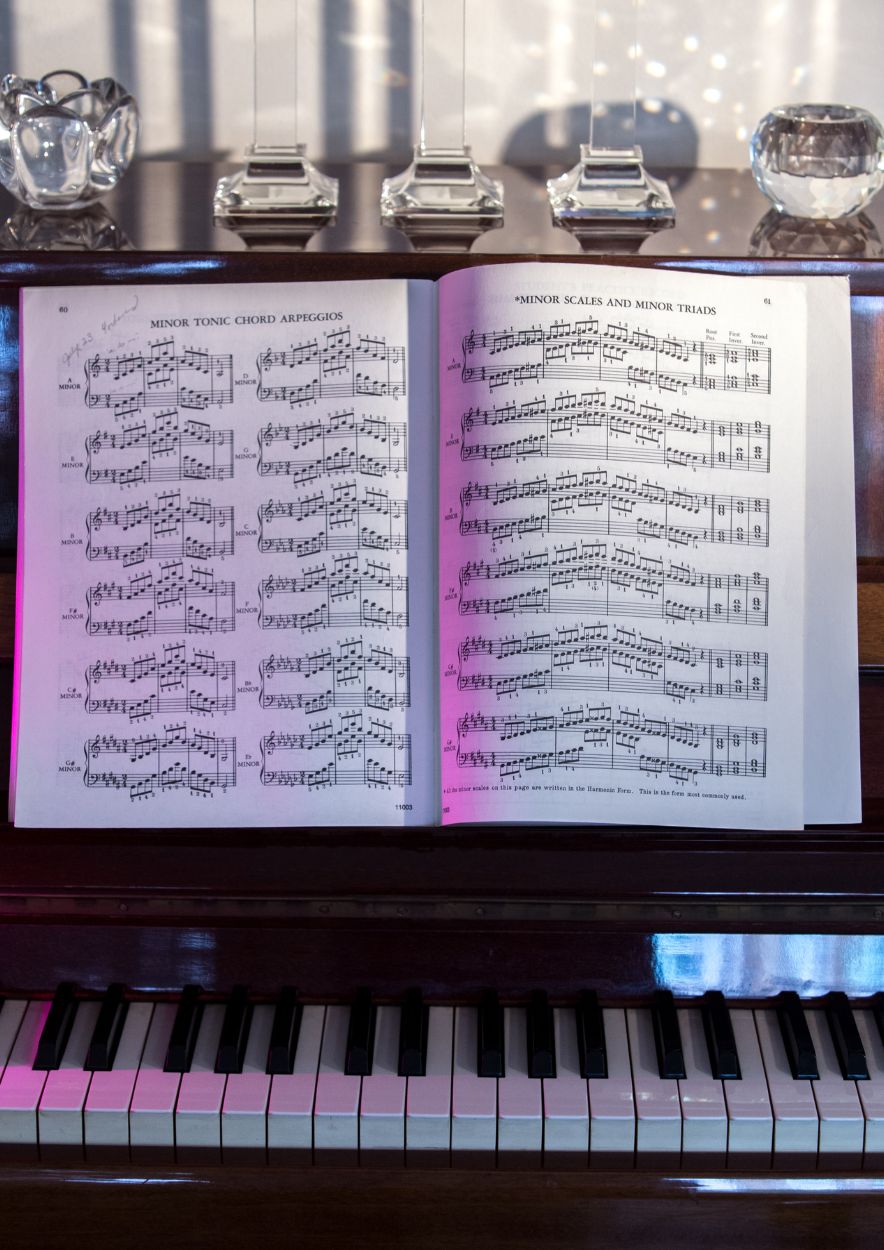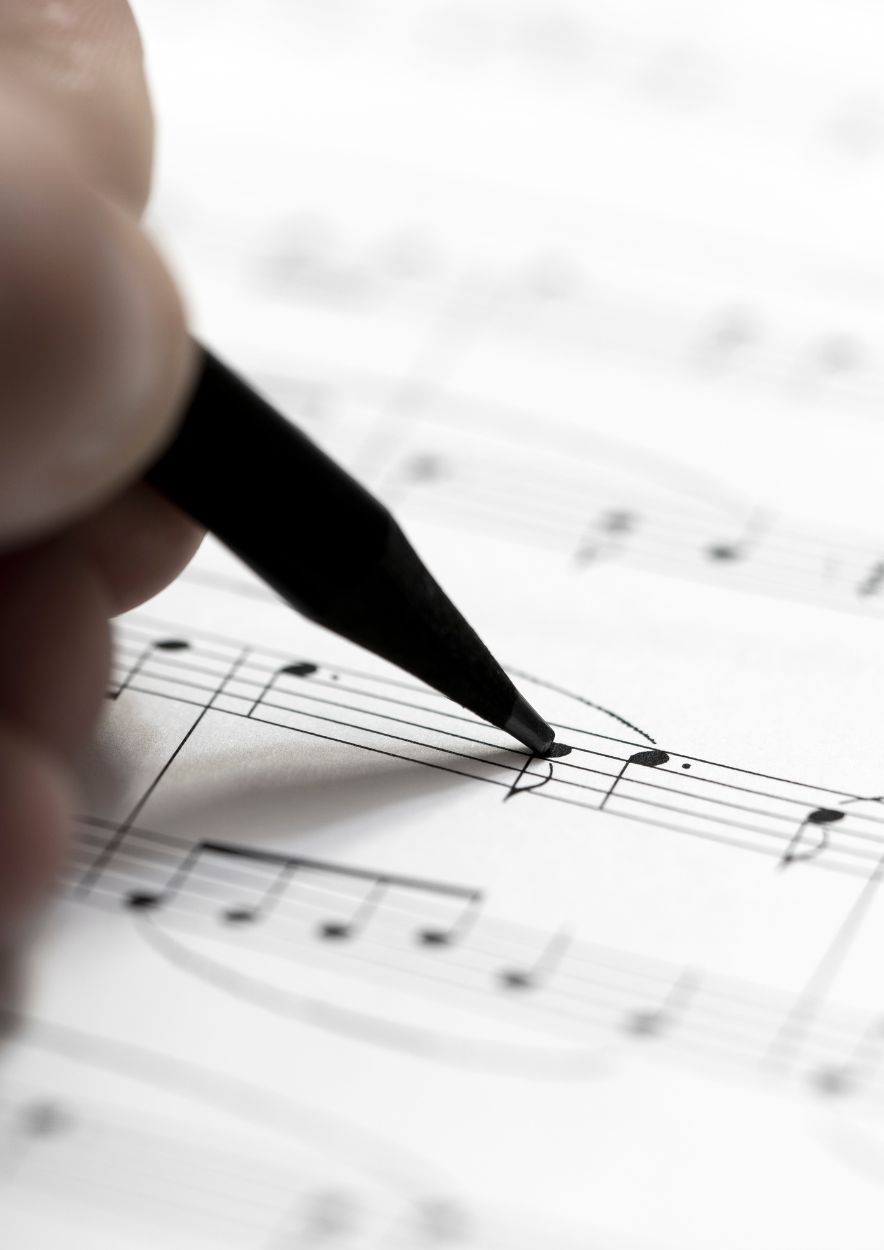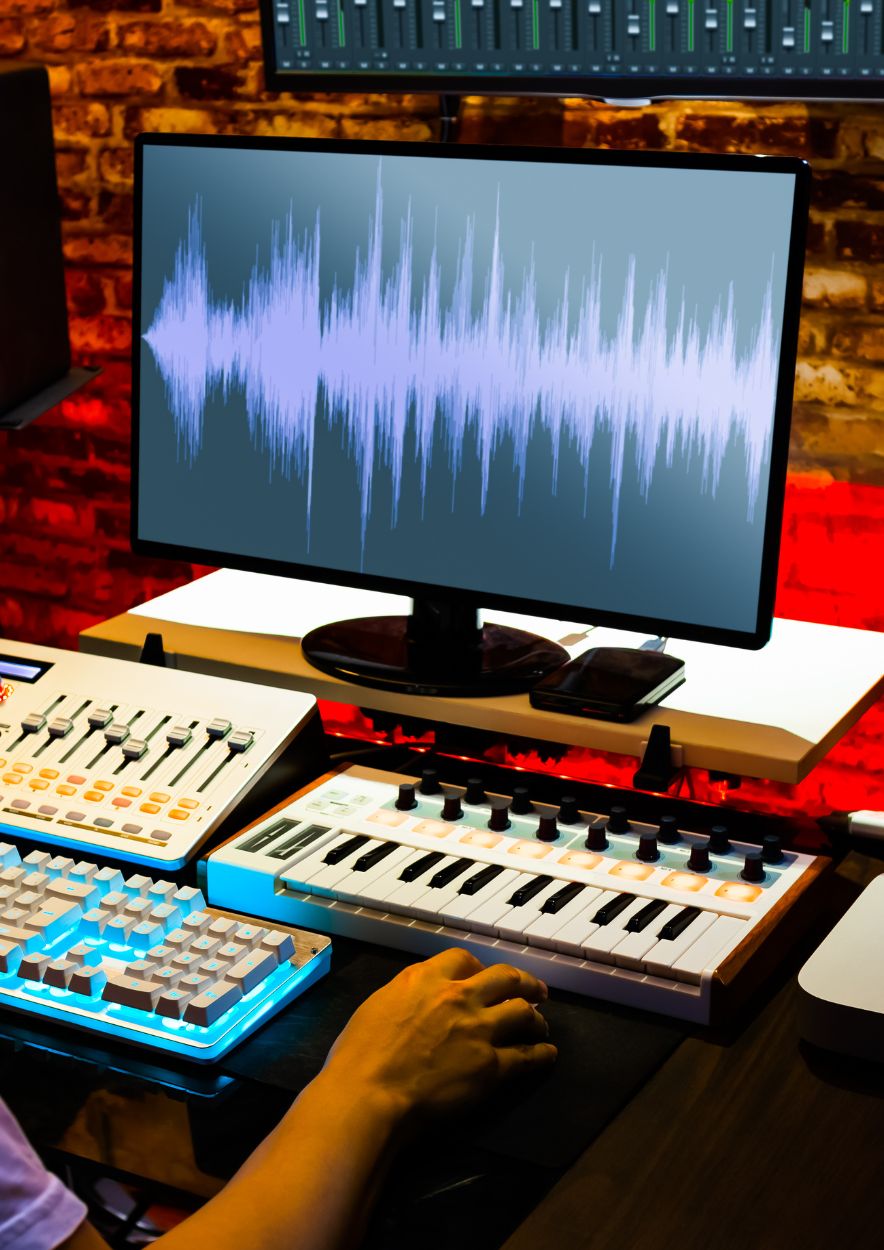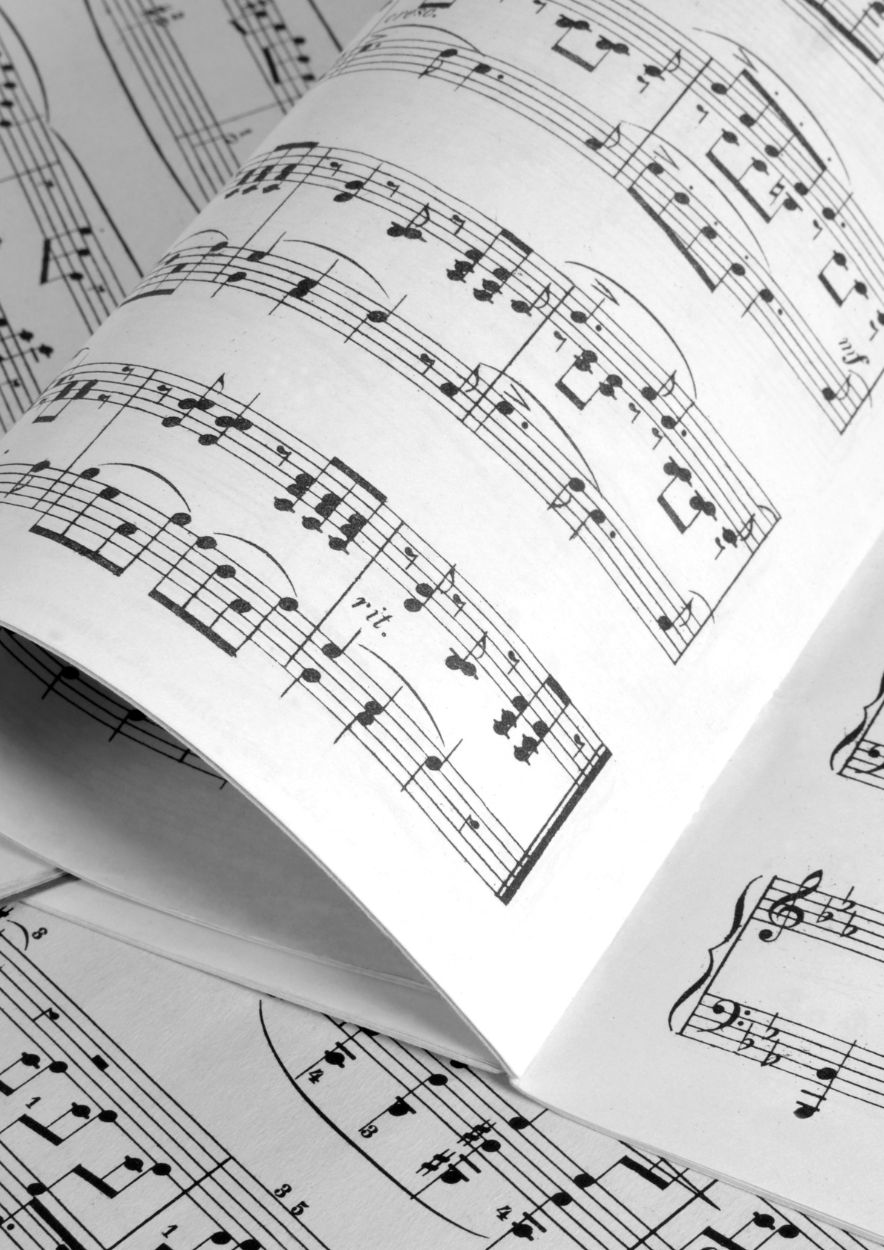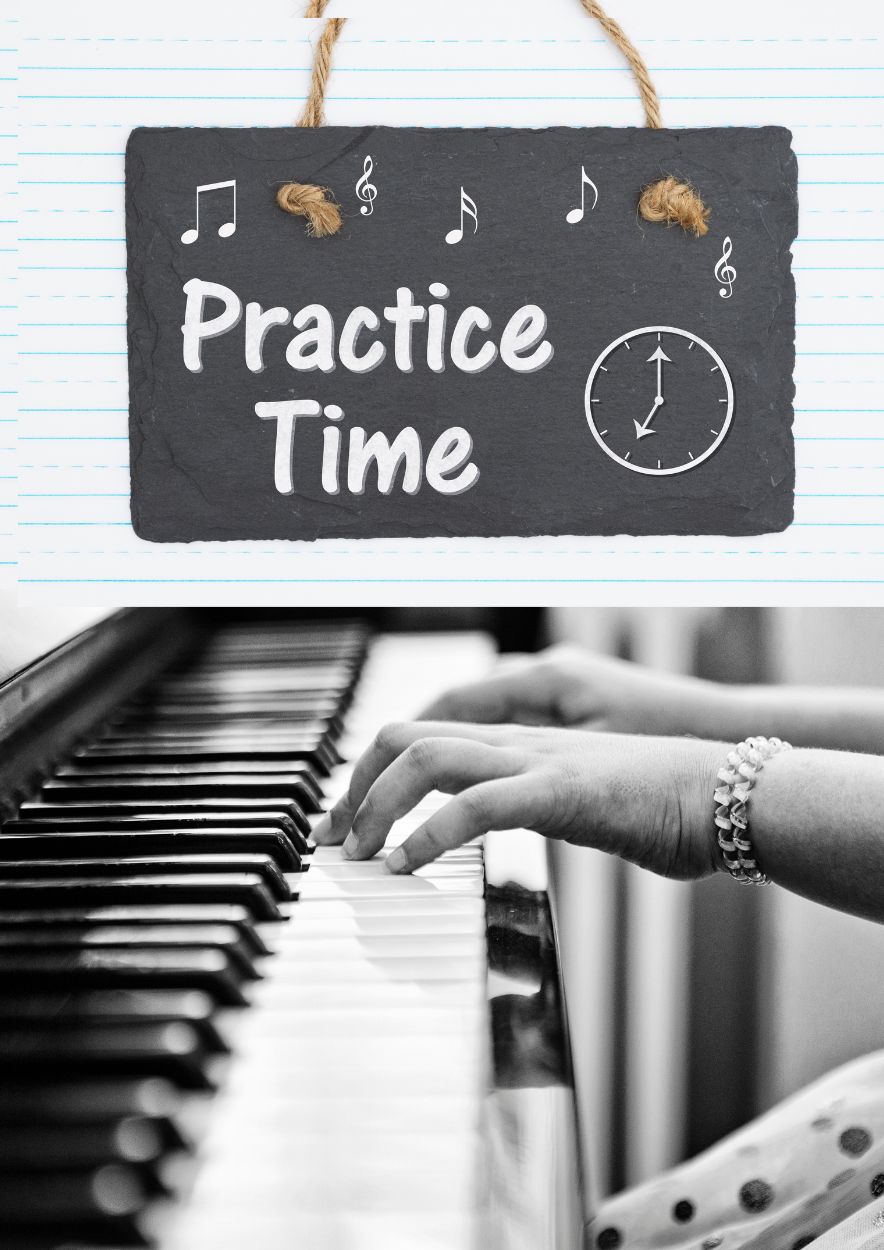- Home
- Classical Fingerstyle Portal
- 15 Actionable Guitar Lessons
- Classical Guitar Technique
- Guitar Lessons
- Beginner Lessons
- Guitar History
- The Renaissance Guitar
- Guitar Time Line
- Classical Guitar Blog
- Contact
- About Author
- Site Search
- Privacy Policy
- Site Map
- Classical Guitar Study Course 3.0
- Instant Classical Guitar Repertoire
- Classical Guitar Lessons For Beginners
What Are Arpeggios?
We've seen what guitar arpeggios looks like, now let's talk about them in general. Well, let's start off with the basics.
What is an arpeggio?
Simply put, it's a type of broken chord where the notes that make up that chord are played individually in sequence, as opposed to being strummed or played simultaneously. The sequence can ascend, descend, or incorporate a combination of both. An arpeggio can be used to highlight specific chord tones, reveal chord progressions, or provide a melodic outline that corresponds with a song's harmony.
How does playing arpeggios help me?
Beginners often start honing their arpeggio skills by exploring major and minor shapes on their instrument. Remember those early days when you were learning your first chords on your instrument, be it a guitar, piano, or anything else?
Mastery of arpeggios builds on those foundational chord shapes. By practicing your major and minor arpeggios alongside your chords, you'll inherently start understanding how they interconnect.
I remember the first time I tried to play a simple C Major arpeggio. If you're new to this, it may seem challenging initially, but with consistent practice it'll become second nature. Try it for yourself: For a C Major arpeggio, you'll need to play the notes C, E, and G. Whether you're on a guitar, piano, or violin, the notes remain the same, and that's the beauty of music theory. It's universal!
Now you may be thinking, “Ok, but how do arpeggios help me improve as a musician?”
Great question!
One of the primary benefits of mastering arpeggios is the expanded understanding of harmony and chord progressions they provide. As you learn and practice different arpeggios, you build a mental map of your instrument's fretboard or keyboard, which in turn improves your ability to understand and navigate harmony.
Arpeggios offer quality training for your ears!
Arpeggios offer quality training for your ears too. They enhance your aural skills by ingraining the sound and structure of different chords. When you begin recognizing these sounds, you naturally become more adept at improvising and composing. After all, how can you express something if you don't know what it sounds like?
To my other digital composer friends out there, don't think you've been left out!
Arpeggios are just as important in digital music production as they are for traditional instruments. Many Digital Audio Workstations (DAWs) come equipped with arpeggiator tools, enabling you to create unique and varied arpeggio patterns. Remember how we talked about arpeggios expressing chord tones sequentially? In DAWs, this can be automated, allowing you to tweak the rhythm, pattern, and direction of the arpeggio to fit your composition.
Arpeggios Enhance Technical Proficiency
One facet of arpeggio mastery that often receives less attention is how it enhances technical proficiency. Practicing arpeggios can significantly improve your finger dexterity, timing, and picking accuracy. If you're a guitarist, you’ll especially appreciate this as you navigate complex guitar chords and fast tempo songs.
Now, isn't it interesting to reflect that something as simple as playing chord notes in a sequence holds such transformative power for musicians? I think it's quite amazing. Think of arpeggios as a toolbox full of musical resources waiting to be harnessed. They’re like magic keys that unlock the doors to an entire geography of sound.
Incorporating Arpeggios into Your Routine
Let's move onto incorporating arpeggios into your routine!
Start by choosing a key and chord. Then, practice the associated arpeggios — major, minor, seventh, and others based on your level of proficiency. You might begin with simple root position arpeggios before moving onto inversions, extended chords and altered arpeggios.
There's a common saying among musicians:
Sometimes you need to go slow to go fast!
I always mention this to students who have come through my courses online, and offline, for that matter. This couldn't ring truer when learning arpeggios. Start slow, focusing on precision and smooth transition between notes. As your proficiency grows, gradually increase the tempo while maintaining accuracy.
Are you experiencing frustration while learning various arpeggio shapes? Trust me, you're not alone. It can feel overwhelming. The key is consistency. Set aside dedicated practice time for arpeggios just as you would for learning new songs or scales. Progress might seem slow initially, but over time, you’ll start noticing the ease with which your fingers navigate the notes.
Remember to celebrate small victories along the way. Mastered a new arpeggio shape? Take pride in that. Blended an arpeggio into your improvisation just right? Congratulate yourself.
These milestones might seem small, but they collectively contribute to your overall musical growth.
Don't Forget the Pure Fun and Beauty of Arpeggios!
While we've spent a good bit of time discussing how to play arpeggios, let’s not forget their role in songwriting and composition. Arpeggios serve as an excellent vehicle to relay the ‘feeling’ of a chord, spicing up arrangements and adding richness to the overall song.
In the complexity and frustration of practicing, don't forget the pure fun and beauty of arpeggios. Those ascending and descending notes give rise to some of the most expressive moments in music. How many of us have been moved by a beautifully executed arpeggio in a piece of music? It's truly a testament to the depth of emotions that arpeggios can convey.
As you advance in your arpeggio proficiency, explore more complex configurations. Diminished, augmented, and 7th chord arpeggios will expand your creative and expressive toolkit. And you know what happens when your toolkit expands? Yep, your compositions also start to sound fuller and more polished.
And let us not forget the versatility of arpeggios. They effortlessly transcend boundaries, applicable across a range of genres from classical to jazz, from rock to pop. That's why arpeggios are a staple in a musician's education, giving you flexibility in your playing no matter your musical inclination.
While we’ve been focusing on the benefits and learning approaches, it's equally important to acknowledge the challenges arpeggio learning poses. The complexity of fingerings or mastering extended chord arpeggios can make people want to give up. Yes, it's challenging, and yes, doubts can creep in. But, I also know that perseverance in the face of these challenges is what transforms you from a beginner to an advanced player.
Arpeggios Are About Feelings Too
Arpeggios empower you to explore and express a wide emotional spectrum in your music. Just think about how a simple shift from a major to a minor arpeggio can drastically alter the mood of a piece. Isn’t it fascinating how these sequences of notes can incite such powerful responses?
And what about gear? Does equipment matter when it comes to arpeggios? Not necessarily. Whether an analog or digital instrument, acoustic or electric, the important bit is understanding and executing arpeggios correctly. Your instrument is like an extension of yourself; mastering arpeggios is mastering a new language for your instrument.
The more you play arpeggios in various positions and contexts, the more you'll develop an intuitive sense for moving from one chord to another. And, you know what that leads to? Yes, smoother improvisation and a more fluid musical expression!
Often times, learning to play arpeggios also becomes a journey of self-discovery, mirroring the ups and downs we endure in our life journeys. It tests not just our physical skills but our patience, persistence, and emotional resilience. But, as you persist and experience that joy of nailing an arpeggio sequence or using it effectively in a composition, you’ll feel a renewed confidence and sense of accomplishment.
Remember, arpeggios are not just about mechanics or theory ― they are about feelings too. They allow you to embody different emotional states, from melancholy to elation, tension to resolution, and beyond. As you express these feelings, you also resonate with your listeners, tapping into their emotions and enhancing their musical experience.
Arpeggios Can Foster Connections
Arpeggios can also foster a sense of connection with other musicians. When played in a band or orchestra setting, individual arpeggio lines often interweave to create a rich tapestry of sound. As each musician contributes their melody, a greater musical story is told, one that is collaborative and dynamic.
Whenever you find it challenging to play an arpeggio, remember that even the most skilled musicians have been in your shoes. They've also stumbled over those rapidly descending notes, wavered in their timing, and endured countless hours of practice. What sets apart those who succeed is their resolve to press forward, even when progress is slow.
Sometimes, it helps to take a break from the practice and just listen. Listen to songs in different genres and try to identify the use of arpeggios. This not only sharpens your ear but also offers inspiration on how you can incorporate arpeggios into your own music.
As you continue your arpeggio journey, you'll explore new territories of creativity and improvisation. Think of it as crafting your unique musical narrative, one note at a time. Every note you play — or choose not to play — shapes your story. That's why it's vital to give each note its due attention and care.
Be ready to unlearn and relearn along the way. Sometimes, progress involves revisiting the fundamentals, questioning your understanding, and refining your skills. So, don't skip the basics. A firm foundation will awe you with the progress it can model.
And remember, there's always something new to learn, a new layer to explore, a new perspective to understand. That's what keeps the journey of learning arpeggios exciting and worthwhile. Despite its challenges, never allow frustration to eclipse the joy of discovery and the satisfaction of growth.
And finally, don't forget to reflect on your progress. Take stock of your journey — what you've learned, how you've grown, and what new skills you've acquired. Each rung you've climbed on the arpeggio ladder is a testament to your dedication, perseverance, and passion for music.
Arpeggios, then, are much more than just broken chords. They're a crucial part of musicianship, forming the backbone of harmony, chord progressions, and melodies. They help cultivate greater musicality, foster creativity, improve technical capacity, and ultimately, deepen your musical journey. So, embrace them fully and let them guide you towards musical fluency. Keep practicing, keep exploring, and most importantly, keep enjoying the music!
Check out more info on arpeggios here...
LCG Navigation
Recent New Pages:
